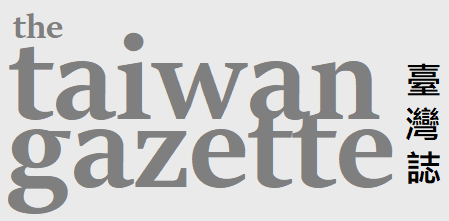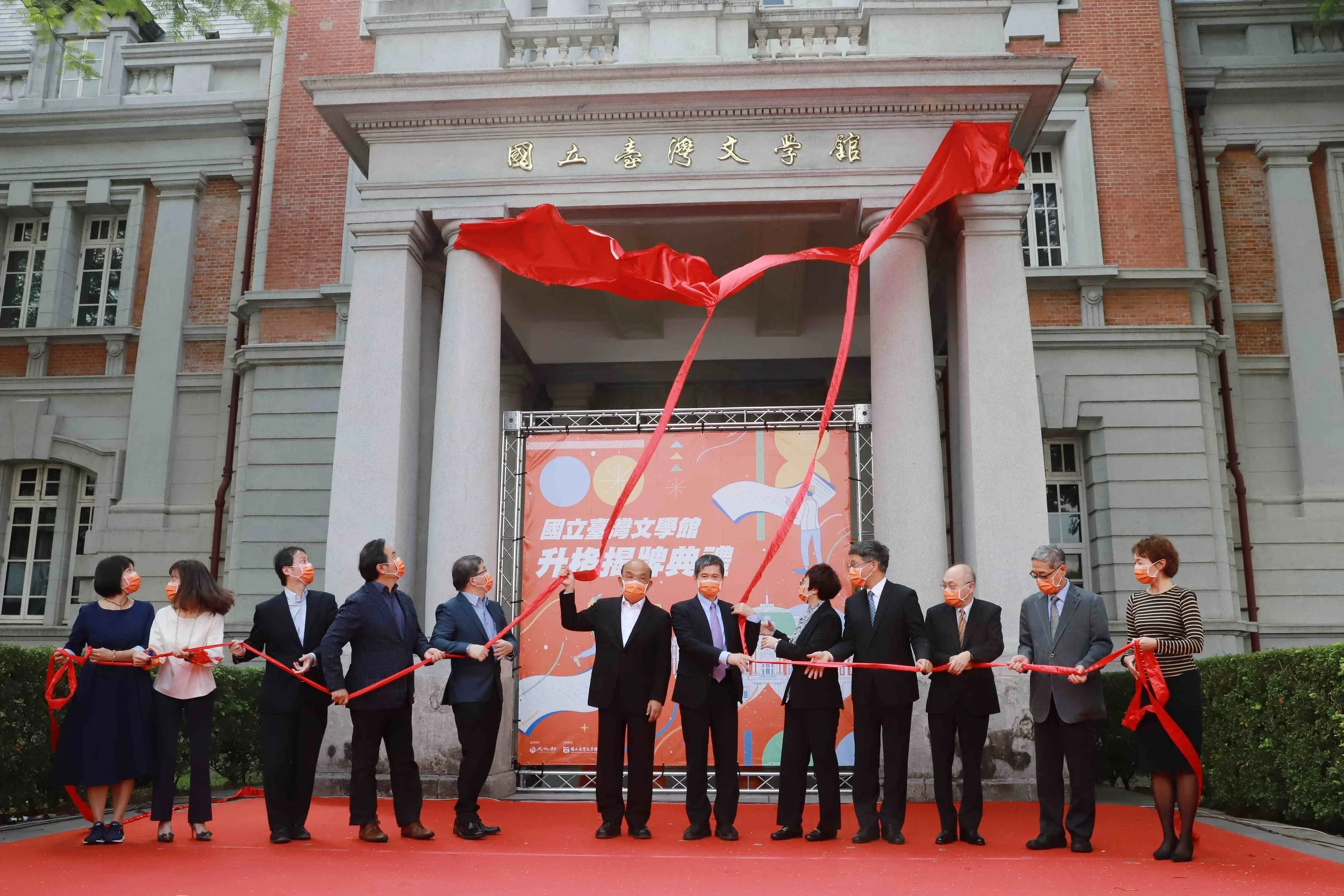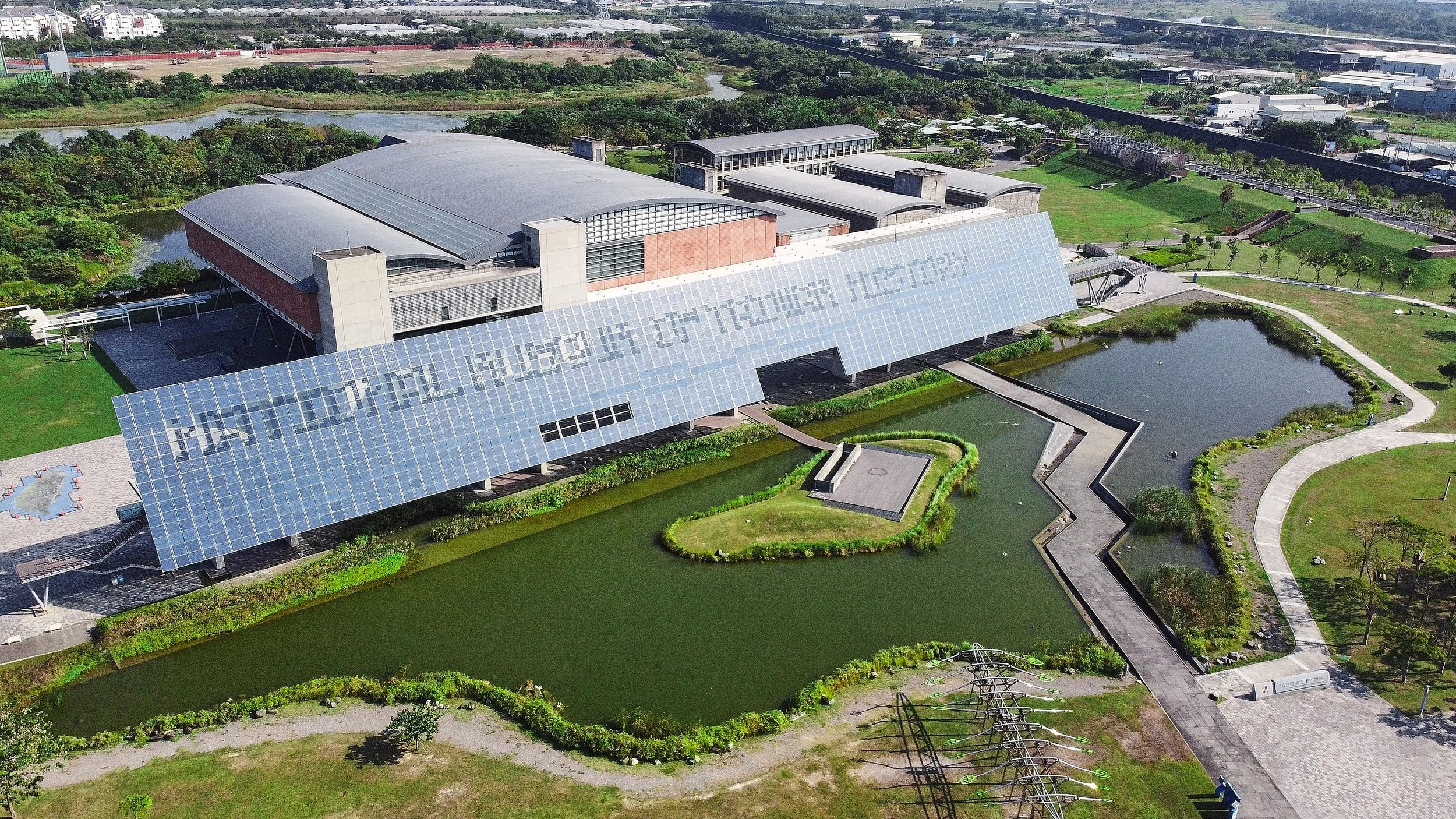The Taiwan Gazette translates and publishes original reporting from Taiwan, Hong Kong and China. Our goal with the platform is simple: We want original reporting from the Sinosphere to have a wider impact on global civil society.
— sPECIAL iSSUE —
Encountering Everyday Life:
Taiwan in Museums
On October 17, 2021, the National Museum of Taiwan History (國立台灣歷史博物館) and the National Museum of Taiwan Literature (國立台灣文學館) celebrated their administrative upgrade granted by Taiwan’s Ministry of Culture. This upgrade at once signals an increase of state investment in the two museums and a new stage of development both for “Taiwan history” and “Taiwan literature.”
For decades, Taiwan-related research had been marginalized as an insignificant field of study. Changes to its positionality took place in the 1980s when Taiwan’s democratization movements challenged the Kuomintang’s authoritarian regime and its China-centered knowledge production. From the 1990s, along with the founding of new research institutions, availability of new archival sources, academic publication, and popular support, the institutionalization of Taiwan history and Taiwan literature as a field of research proper significantly shifted how people in Taiwan understood and identified themselves and the land they inhabit. In the 2000s, the NMTH and NMTL were formally established and opened to the public. Through their research, collection, exhibition, and public events, the two museums have sought to foreground “everyday life” as a focal point to reorganize historical narratives and literary expressions on Taiwan. New encounters with Taiwan history and literature become possible under the lens of “everyday life.”
At the end of 2021, we are pleased to launch a new special issue entitled Encountering Everyday Life: Taiwan in Museums. Through a series of translated articles and interviews, we invite our readers to learn more about the NMTH and NMTL: their mission to deliver Taiwan history and literature to Taiwanese and international visitors, and their past and future contributions to Taiwan-related knowledge production.
—past issue—
Lusheng in Taiwan:
Contradictions and Anticipations
When the first wave of degree-seeking mainland Chinese students—commonly referred to as lusheng (陸生) in Taiwan—stepped into Taiwanese campuses in 2011, they were expected to bridge the gap between young generations of Taiwan and China. One decade later, however, these young people find themselves trapped in increasingly tense and tangled cross-strait relations. From the 2014 Sunflower Movement, to the pro-democracy movements in Hong Kong since the mid-2010s, to pro-independence Taiwanese president Tsai Ing-wen’s first election in 2016 and re-election in 2020, civilian interactions between Taiwan and China have become more and more puzzling, as Chinese youth’s nationalist fever growing while Taiwanese society’s skepticism toward China deepening. For lusheng, the COVID-19 pandemic materializes the political and psychological pressures from both sides of the Taiwan Strait under the name of “disease control”: border closures, travel restrictions, and quarantine. As a result, lusheng are once again caught in between the longstanding Taiwan-China political struggles.
2021 marks the tenth anniversary of the first wave of lusheng enrolled in Taiwanese universities. However, it might also mark the end of their decade in Taiwan. China’s Ministry of Education has decided to suspend the enrollment of Chinese students in Taiwan beginning in fall 2021. In this historical moment, The Taiwan Gazette introduces a series of articles under the title, Lusheng in Taiwan: Contradictions and Anticipations. We invite our readers to learn more about the stories of this underreported group: their campus lives, friendships, passions, frustrations, and experiences of culture shock and social movements. In this difficult time, we will also introduce how the COVID-19 pandemic has impacted the lusheng community and how shifting geopolitical circumstances affect individual lives.















